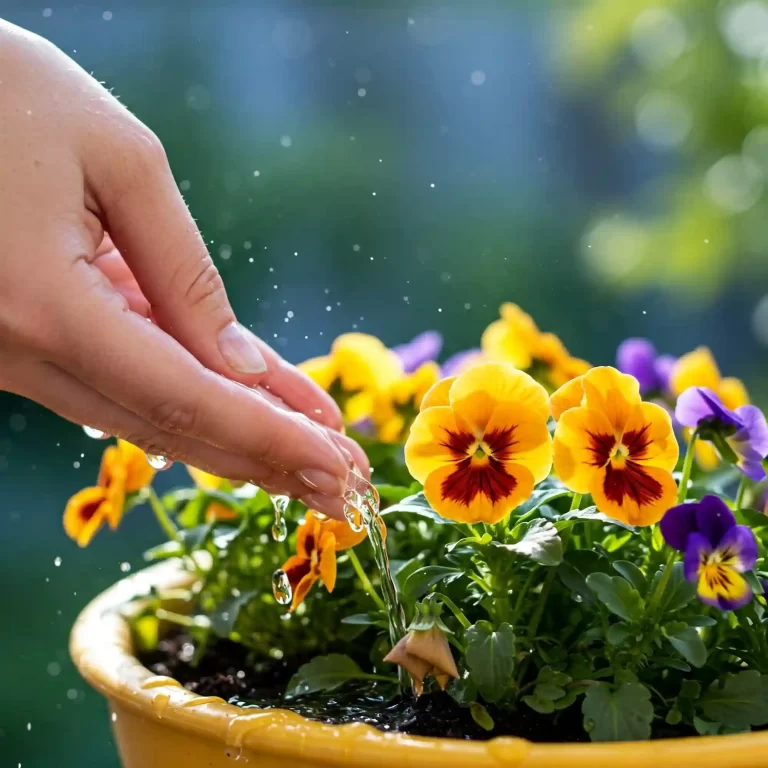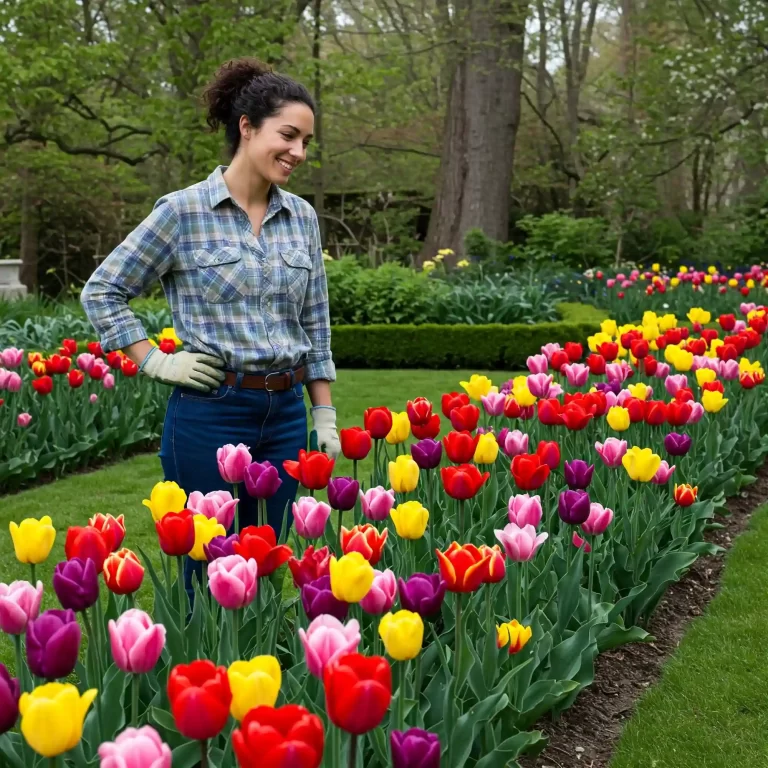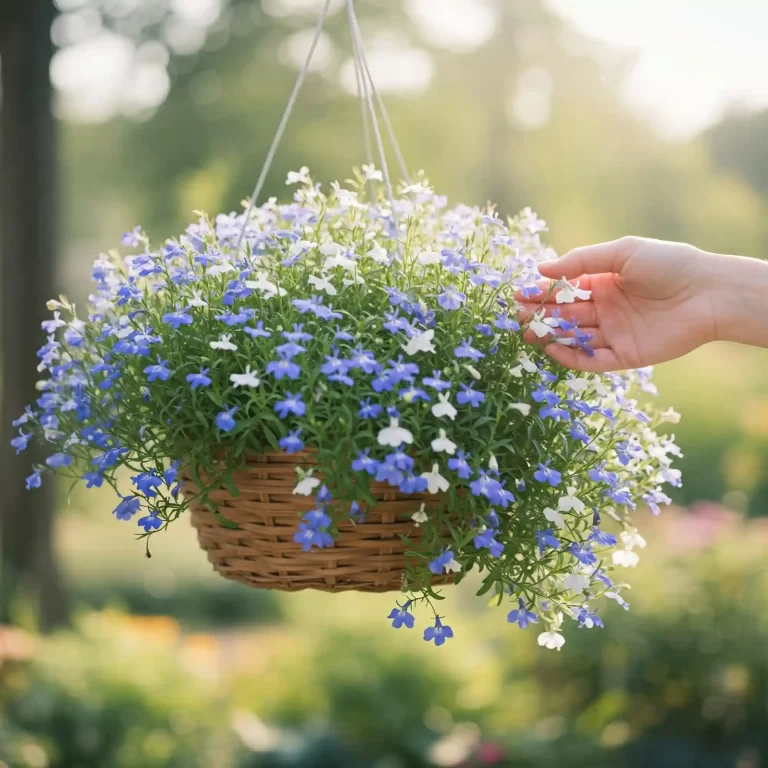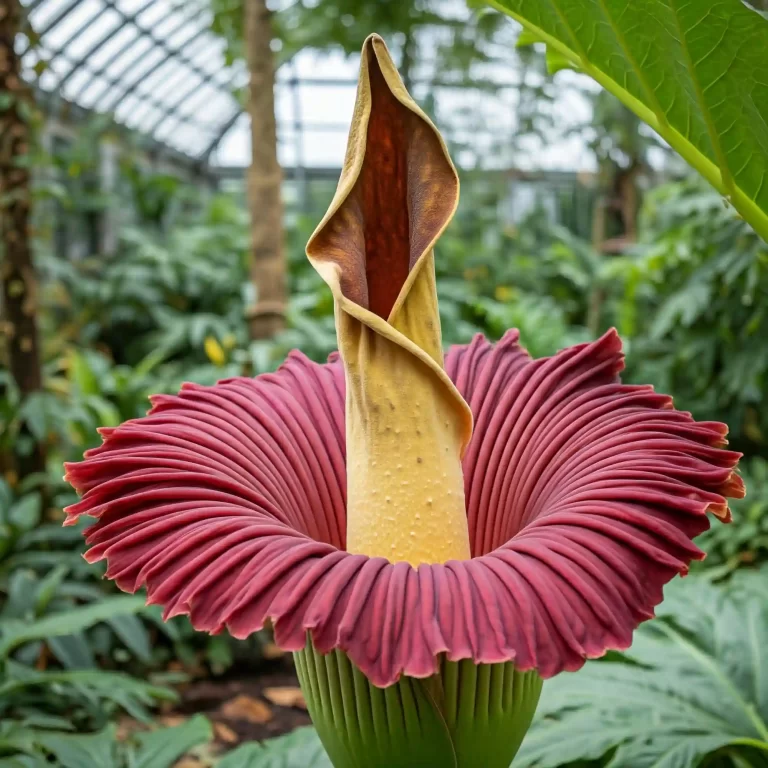Imagine waking up to the intoxicating fragrance of delicate white blooms wafting through your window. Spanish Jasmine (Jasminum grandiflorum) isn’t just a beautiful vine; it’s a sensory experience waiting to unfold in your garden. But achieving this fragrant paradise might seem daunting for new plant parents. Fear not! This comprehensive guide will unveil the secrets to cultivating thriving Spanish Jasmine, transforming your garden into a haven of sweet perfume and cascading blooms.
Unveiling the Ideal Location
Selecting the perfect spot for your Spanish Jasmine is the foundation for success. This sun-worshipping vine craves a minimum of 6 hours of direct sunlight daily. Aim for a south-facing wall or a location bathed in morning and afternoon sun. While Spanish Jasmine tolerates some shade, insufficient light will result in fewer blooms and a less vigorous plant.
Temperature also plays a crucial role. Spanish Jasmine thrives in warm climates, ideally with temperatures ranging from 65°F to 80°F (18°C to 27°C). If you reside in a colder region, consider planting your Spanish Jasmine in a container that can be brought indoors during harsh winters.
Spacing is key when planting multiple Spanish Jasmine vines. Ensure at least 6-8 feet (1.8-2.4 meters) of space between each plant to allow for proper growth and air circulation. This prevents overcrowding and minimizes the risk of fungal diseases.
Choosing the Perfect Pot (for Container-Grown Spanish Jasmine)
Container gardening allows you to enjoy the beauty of Spanish Jasmine even in limited spaces. However, selecting the right pot is crucial. Opt for a container made from a breathable material like terracotta to prevent root rot. The pot size should be proportionate to the plant’s maturity. A young Spanish Jasmine thrives in a pot 8-10 inches (20-25 cm) in diameter, while a mature vine might require a pot as large as 18-20 inches (45-50 cm) in diameter.
Drainage is paramount. Ensure your chosen pot has drainage holes at the bottom to prevent waterlogging. Consider placing a layer of gravel or broken pottery shards at the base of the pot to facilitate drainage further.
Selecting the optimal potting mix is vital for container-grown Spanish Jasmine. A well-draining potting mix rich in organic matter is ideal. Look for a commercial potting mix labeled for “flowering plants” or create your own by combining equal parts potting soil, perlite, and compost.
Planting Power: Seeds or Cuttings?
The journey to fragrant blooms begins with planting. But should you embark on this adventure with seeds or cuttings? Both methods have their merits, and the choice ultimately depends on your preference and patience.
Planting from Seeds:
- Pros: More cost-effective, allows for growing multiple plants from a single seed pod.
- Cons: Slower germination (can take several weeks or even months), requires more time and attention for successful seedling development.
Here’s a quick guide to planting Spanish Jasmine from seeds:
- Fill a seed tray with a well-draining seed starting mix.
- Sow the seeds thinly on the surface, barely covering them with soil.
- Water gently to moisten the soil.
- Maintain consistent moisture and warmth (around 70°F or 21°C) by covering the tray with plastic wrap.
- Once seedlings emerge (around 4-6 weeks), gradually introduce them to sunlight and remove the plastic wrap.
- Transplant seedlings into individual pots or your desired planting location once they develop several sets of true leaves.
Planting from Cuttings:
- Pros: Faster results (plants can flower within the same year), allows for propagating specific desirable traits from a mature Spanish Jasmine plant.
- Cons: Requires access to a healthy mature plant for taking cuttings, success rate might be slightly lower compared to seeds.
Here’s a quick guide to propagating Spanish Jasmine from cuttings:
- Select healthy, non-flowering stems from a mature Spanish Jasmine plant.
- Take cuttings 4-6 inches (10-15 cm) long with several nodes.
- Remove any lower leaves from the cutting.
- Dip the cut end of the stem in a rooting hormone (optional but can improve success rate).
- Plant the cutting in a pot filled with a well-draining potting mix.
- Water thoroughly and maintain consistent moisture.
- Place the pot in a warm location with indirect sunlight.
- New growth should appear within a few weeks. Once the roots are established, you can transplant the cutting into a larger pot or your desired location.
Watering Wisdom: A Delicate Balance
Watering is an art form when it comes to Spanish Jasmine. This sun-loving vine thrives in moist but well-draining soil. Overwatering is a recipe for disaster, leading to root rot and wilting foliage. Conversely, underwatering will leave your Spanish Jasmine parched and struggling to produce blooms.
Here are some key factors to consider when watering your Spanish Jasmine:
- Climate: Hotter and drier climates necessitate more frequent watering. Adjust your watering routine based on the prevailing weather conditions.
- Season: During the active growing season (spring and summer), Spanish Jasmine requires more frequent watering. Reduce watering frequency in cooler months when growth slows.
- Potting Mix: Well-draining potting mix allows for excess water to drain freely, preventing root rot. Container-grown Spanish Jasmine might require more frequent watering compared to plants growing in the ground.
- Plant Maturity: Mature Spanish Jasmine plants are more drought-tolerant than young plants. However, don’t neglect watering even established vines entirely, especially during prolonged dry spells.
The finger test is a simple and effective method to determine watering needs. Insert your finger into the soil up to the first knuckle. If the soil feels dry to the touch, it’s time to water. Conversely, if the soil feels moist, wait a few days before watering again.
Always water deeply at the base of the plant, allowing the water to soak through the root zone. Avoid shallow watering, which only wets the top layer of soil and doesn’t reach the roots.
Mulching around the base of your Spanish Jasmine helps retain moisture in the soil, reducing the need for frequent watering. Use organic mulch like shredded bark or wood chips to create a 2-3 inch layer around the base of the plant.
By understanding your Spanish Jasmine’s watering needs and implementing these tips, you can ensure your fragrant vine thrives and rewards you with an abundance of beautiful blooms.
Feeding Frenzy: Nourishing Your Spanish Jasmine
Just like us, plants need proper nourishment to flourish. Spanish Jasmine benefits from regular fertilization, especially during its active growing season (spring and summer). However, striking the right balance is crucial. Overfertilizing can damage the plant and negatively impact flower production.
Here’s a breakdown of fertilizing Spanish Jasmine:
- Frequency: Fertilize your Spanish Jasmine every 4-6 weeks during the growing season. Reduce or stop fertilizing entirely during fall and winter when the plant enters a dormant state.
- Type of Fertilizer: Opt for a balanced fertilizer formulated for flowering plants. A fertilizer with an N-P-K ratio of 10-10-10 or a slightly higher phosphorus content (second number) can be beneficial for promoting flower production. Always follow the application instructions on the fertilizer package.
- Organic Options: If you prefer a more natural approach, consider using organic fertilizers like compost tea or aged manure tea. Apply these diluted solutions less frequently compared to synthetic fertilizers.
- Container-Grown Plants: Container-grown Spanish Jasmine might require more frequent fertilization compared to plants growing in the ground due to limited access to nutrients. However, adjust the application rate accordingly, using a diluted fertilizer solution.
Signs of nutrient deficiency in Spanish Jasmine include stunted growth, pale leaves, and a decline in flower production. Conversely, excessive fertilization can manifest as burnt leaf tips or excessive foliage growth at the expense of flowers.
By providing your Spanish Jasmine with the right nutrients at the appropriate time, you’ll encourage healthy growth, vibrant foliage, and an abundance of fragrant blooms throughout the season.
Climbing High: Supporting Your Spanish Jasmine
Spanish Jasmine, with its cascading growth habit, thrives when given something to climb. Without proper support, your fragrant vine might sprawl uncontrollably, compromising its aesthetics and limiting its flowering potential. Here’s where the art of providing support comes in.
Trellises:
Classic and versatile, trellises offer a sturdy structure for your Spanish Jasmine to ascend. Choose a trellis made from weather-resistant materials like wood, metal, or vinyl. Opt for a trellis with a large enough surface area to accommodate the vine’s mature size. Secure the trellis sturdily in the ground or attach it securely to a wall.
Fences:
Existing fences can be repurposed as a support system for your Spanish Jasmine. Ensure the fence is sturdy enough to withstand the weight of a mature vine. Train the Spanish Jasmine to climb the fence by gently weaving its tendrils around the fence posts or rails.
Arbors and Pergolas:
For a touch of grandeur, consider training your Spanish Jasmine to climb an arbor or pergola. This creates a fragrant and visually stunning focal point in your garden. Similar to trellises, ensure the arbor or pergola is constructed from sturdy materials and securely anchored in the ground.
As your Spanish Jasmine grows, gently guide its stems and tendrils to wrap around the chosen support structure. Use soft gardening twine or plant ties to secure the vine in place initially, gradually removing them as the tendrils establish themselves.
Regular pruning helps maintain the desired shape and encourages bushier growth. Prune away any wayward branches or overgrown stems to maintain a neat and tidy appearance.
By providing your Spanish Jasmine with a sturdy support system and proper training, you’ll encourage it to climb gracefully, maximizing its visual impact and fragrance in your garden.
Pruning Perfection: Enhancing Blooms and Beauty
Pruning isn’t just about aesthetics; it’s a crucial practice for promoting healthy growth and abundant flowering in your Spanish Jasmine. Regular pruning encourages bushier growth, directs energy towards flower production, and improves air circulation within the vine, reducing the risk of pests and diseases.
Here’s a breakdown of pruning Spanish Jasmine:
- Timing: Prune your Spanish Jasmine primarily in late winter or early spring before new growth emerges. You can also perform light pruning throughout the growing season to remove dead, diseased, or crossed branches.
- What to Cut: Remove any dead, diseased, or damaged branches. Additionally, prune away any wayward stems that disrupt the desired shape of the vine.
- Flowering Spurs: Focus on pruning older stems that have already flowered. This encourages new growth that will produce blooms in the upcoming season.
- Maintaining Shape: Prune strategically to maintain the desired size and shape of your Spanish Jasmine. Encourage bushier growth by pinching off new stem tips.
Remember to use sharp, clean pruning shears to avoid damaging the plant. Make clean cuts at a 45-degree angle just above a healthy bud or node.
Don’t be afraid to prune! While excessive pruning might impact flowering in the short term, it will ultimately promote a healthier and more vibrant Spanish Jasmine in the long run.
By implementing these pruning techniques, you’ll not only maintain a tidy and aesthetically pleasing Spanish Jasmine but also encourage increased flower production, maximizing the fragrant beauty of this captivating vine in your garden.
Bonus Tip: Nature’s Companions for Spanish Jasmine
While Spanish Jasmine thrives on its own, incorporating beneficial companion plants into your garden design can enhance its overall health and beauty. Here’s why companion planting is a valuable strategy:
- Pest Control: Certain plants attract beneficial insects like ladybugs and lacewings, which prey on common garden pests that might target your Spanish Jasmine.
- Improved Soil Health: Nitrogen-fixing plants like legumes enrich the soil with nitrogen, a crucial nutrient for healthy plant growth.
- Aesthetics: Carefully chosen companion plants can add color, texture, and visual interest to your Spanish Jasmine display.
Here are some excellent companion plants for Spanish Jasmine:
- Marigolds: These vibrant flowers deter nematodes and other soil-borne pests.
- Nasturtiums: These fast-growing annuals attract beneficial insects and add a pop of color.
- Lavender: This fragrant herb attracts pollinators and adds a touch of elegance.
- Legumes: Plants like peas or beans fix nitrogen in the soil, benefiting your Spanish Jasmine.
- Alyssum: These low-growing white flowers attract beneficial insects and create a beautiful carpet beneath your Spanish Jasmine.
Remember to research the specific needs of each companion plant before incorporating them into your garden.
By strategically planting beneficial companions alongside your Spanish Jasmine, you can create a thriving ecosystem that promotes natural pest control, improves soil health, and enhances the overall beauty of your fragrant garden haven.
Conclusion: A Fragrant Journey Awaits
With a little planning and care, you can cultivate a thriving Spanish Jasmine that will transform your garden into a haven of intoxicating fragrance and cascading beauty. Remember, the key lies in understanding the specific needs of this captivating vine. By providing it with the right amount of sunlight, water, and nutrients, along with proper support and strategic pruning, you’ll witness your Spanish Jasmine flourish and reward you with an abundance of fragrant blooms throughout the season.
So, embark on this fragrant journey and allow Spanish Jasmine to weave its magic into your garden. The intoxicating aroma and cascading beauty of this captivating vine will undoubtedly become a cherished feature of your outdoor space.



